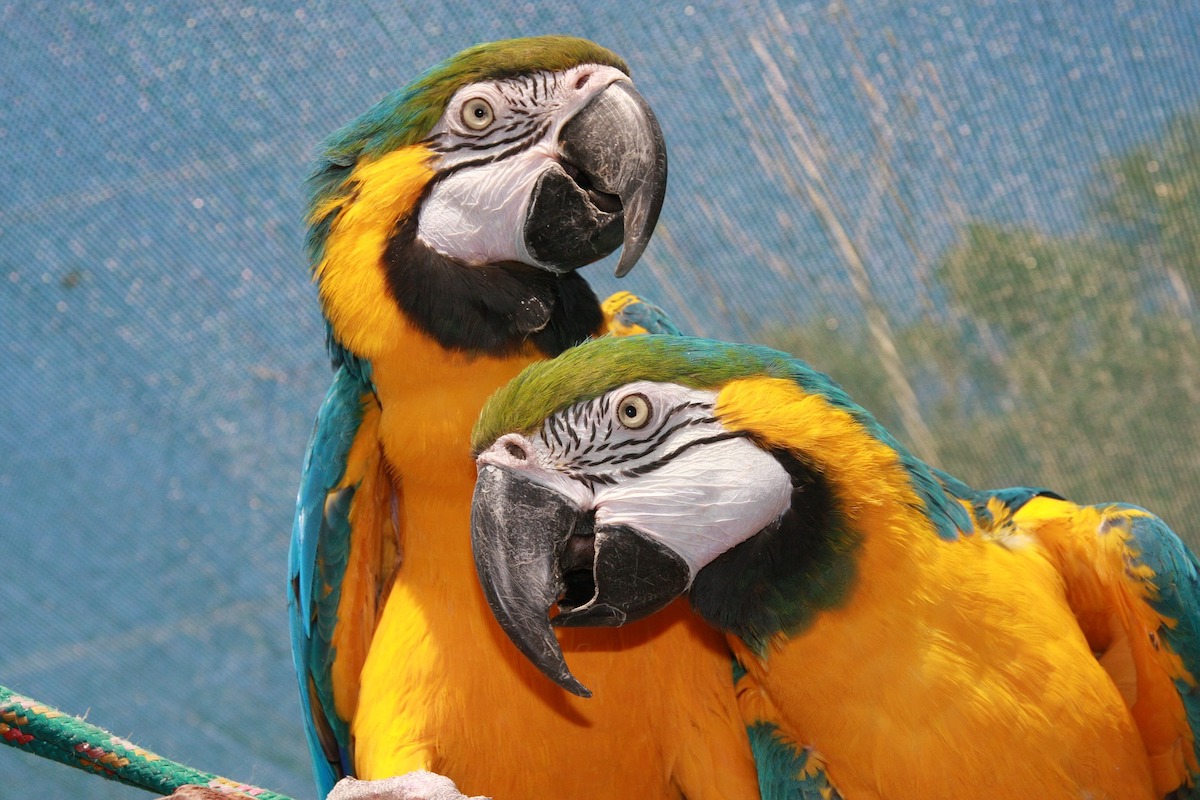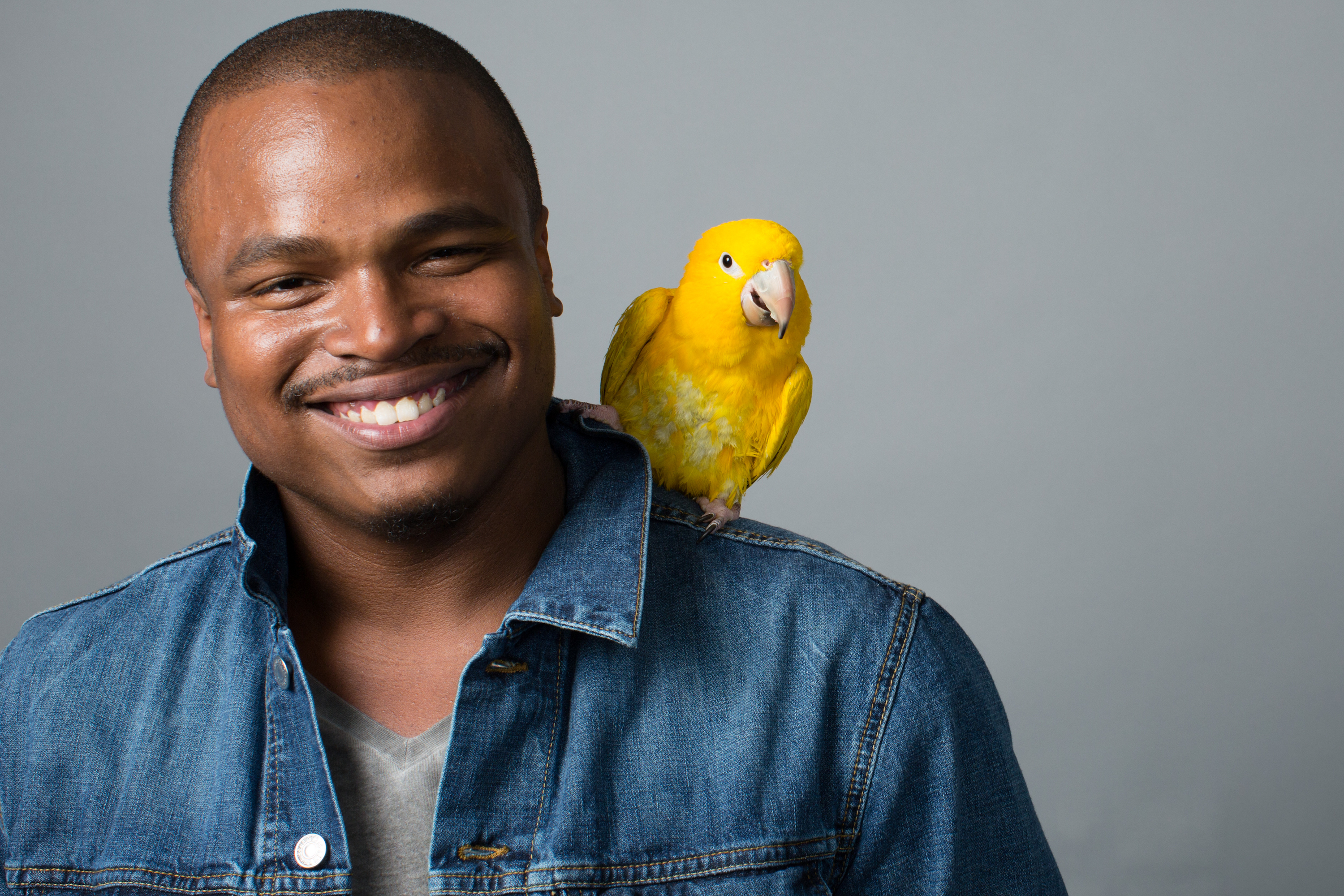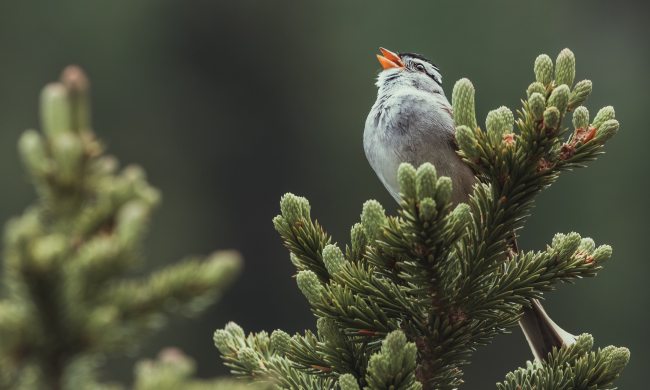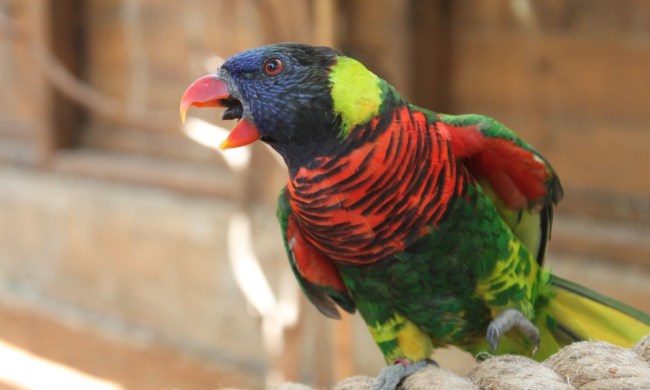Pets cost money. It’s a fact we all have to acknowledge before leaping into ownership, and it seems like the amount we’re required to spend goes up every year. Even for birds, there are charges beyond buying your little guy — cages, accessories, food, and vet visits — to name a few. Before you take the leap of bringing home a feathered friend, set a realistic bird budget, including putting some aside for incidentals. So, how much do birds cost? Here are the details.

How much money does it cost to buy a bird?
In the case of some avian species, upfront fees can get really high. A hyacinth macaw, arguably the most beautiful but also the biggest, will set you back $10,000, and that’s not including his cage, which will almost certainly need to be custom-made. But most birds will go for way below that price tag. You can also look into local adoption and rescue opportunities, which cost little or nothing at all. Try to get a pet that’s a few years old, and you’ll still have him for decades to come since so many parrots live quite a long time.
What’s the cheapest pet bird to buy?
Budgies are a great starter bird, and they typically cost just a few dollars to bring home. Always research your breeder or pet store carefully since you want a hand-raised, healthy animal, but you should need to spend only $20 or so on this species (per bird, though pairs sometimes come together for a lower cost). Canaries and cockatiels come in at only under $100 in most cases. All these beautiful creatures have a lot less sticker shock but also cost less to keep overall and make great beginner birds. Stick with the littler animals if you don’t think you can shell out the big bucks.

How much do birds that talk cost?
None of the smaller parrots or finches talk (or at least not well), so you’ll need to spend a lot more to bring home a friend to converse with. African grays, who speak the best out of all birds, should be $1,000 at minimum. (Note: If you find an animal that’s too cheap and it’s not a rescue, look quite closely to make sure it wasn’t obtained illegally.) Macaws, like the classic scarlet or blue and gold, will be about the same, though in this case, you’re paying for their vibrant colors as much as their speaking abilities. Premium breeders will charge on the high end, but it can be worth it since the birds will be better trained and better talkers (if you want a chatterbox).
As mentioned, in all these cases, the initial price will make up only a fraction of the bird’s lifetime care fees. You should plan to buy the cage, perches, toys, food, dishes, travel carrier, and cleaning supplies before you go bird shopping. After that, you’ll need to replenish food frequently and replace accessories as needed. Don’t forget vet expenses, either. Lastly, if you have a mated pair, you might wind up expanding your flock down the line. Be ready to care for babies if you should be so lucky. Altogether, for a parakeet or canary, you’ll want to budget about $2,000 to $3,000 over the course of their lifetime. A bigger parrot will make it closer to $500 to $1,000 per year, and they can reach age 50. Yes, that means you could spend $50,000 on a large parrot if he gets a long life. Keep that top of mind when thinking about whether to get a bird and make sure you have enough socked away for surprise costs like vet emergency visits.
Part of what makes birds so expensive is that they live many years, so the cost per year is multiplied by decades instead of the 10 or so you would get with a large dog. Thus, while the upfront price will be low in the case of budgies, they occasionally live 30 years and produce numerous offspring. On top of the financial impact, birds need a surprising amount of time and attention since they’re so smart and sociable. Be sure to keep all of these factors in mind when determining whether a gorgeous singer will fit into your budget and lifestyle.



